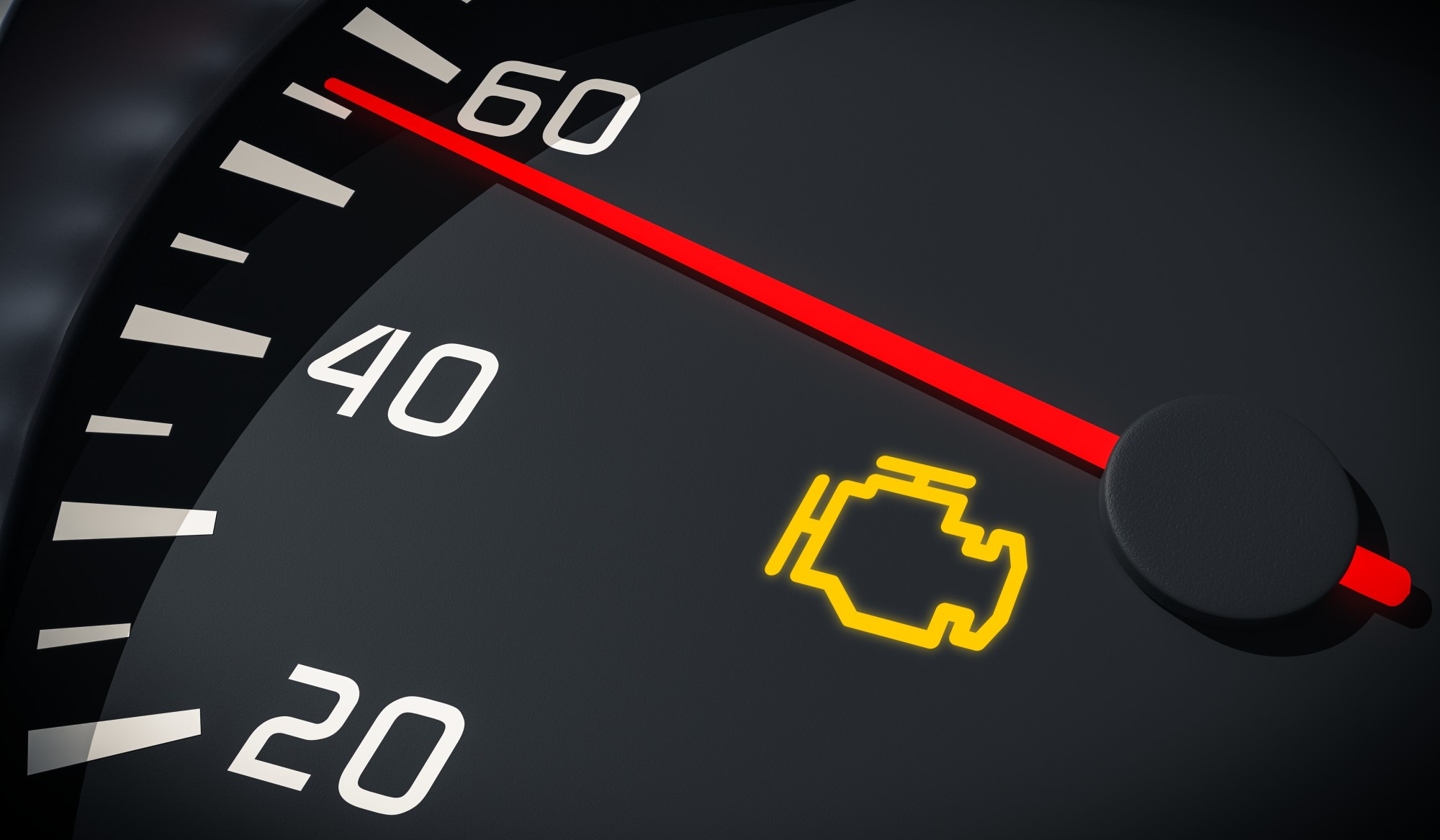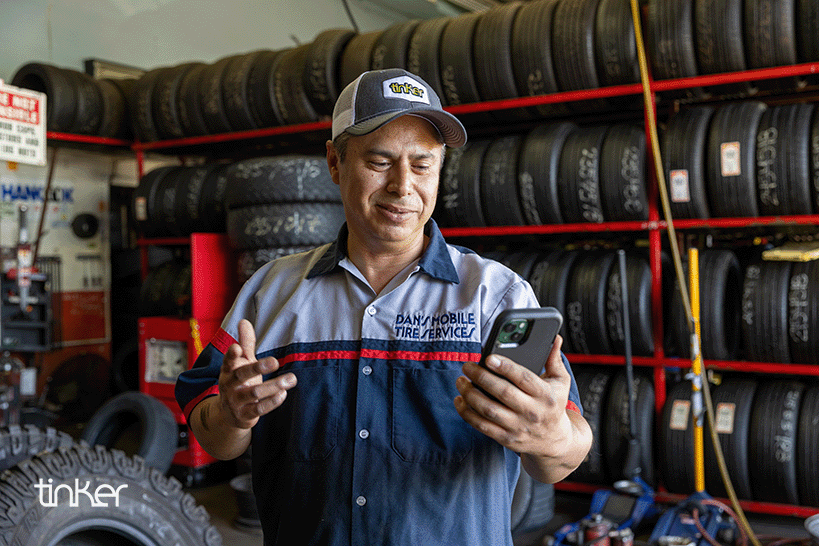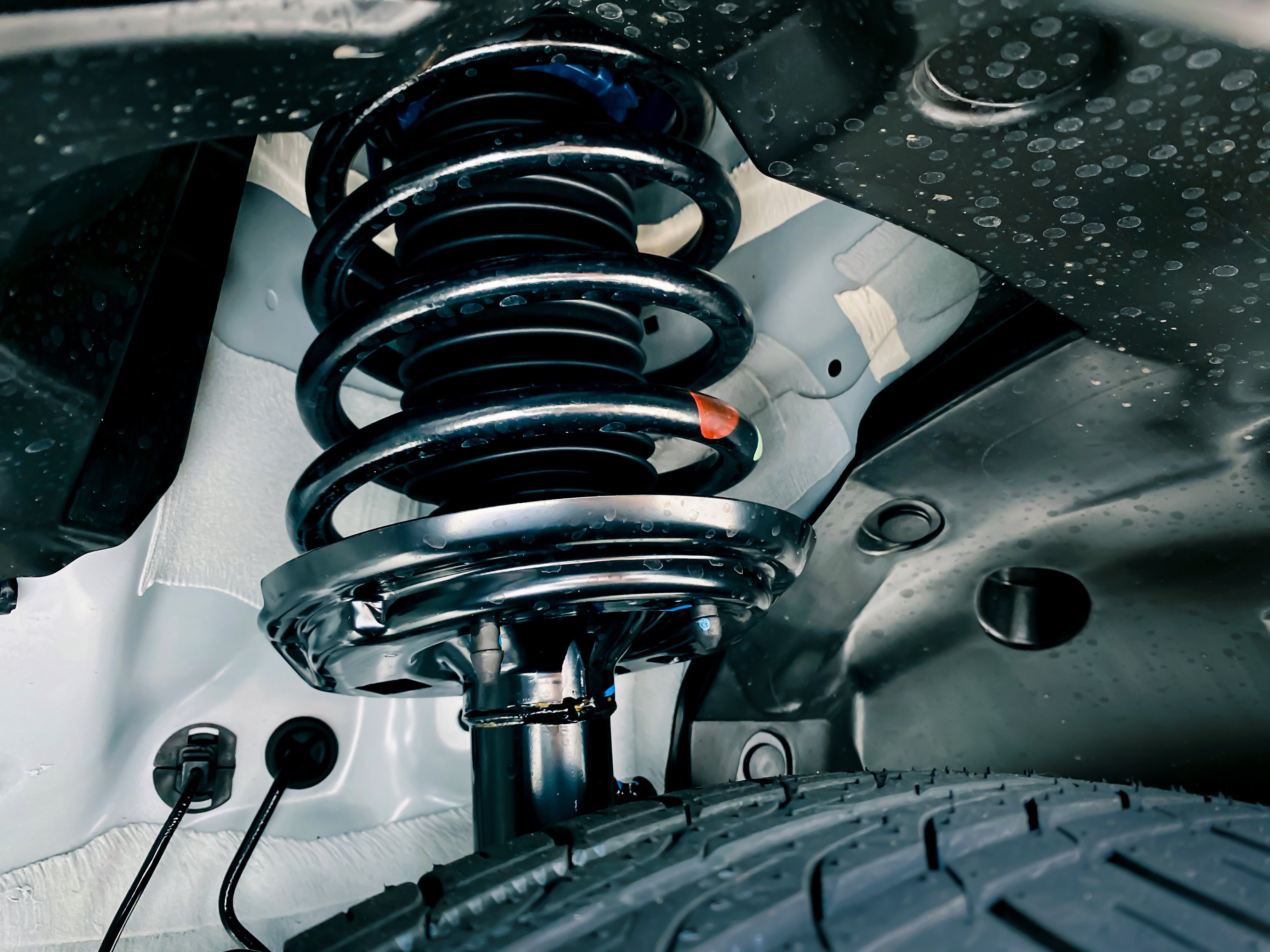Your coolant warning light is your vehicle’s way of signaling a problem with the engine’s cooling system. Don’t ignore it! Taking prompt action can help you avoid costly repairs like a blown head gasket or even a seized engine.
.jpeg?width=289&height=168&name=AdobeStock_121798306%20(1).jpeg)
So if you spot a red light on the dashboard that resembles a thermometer in water, it's time to pull over and check things out. Many of the most common issues that may trigger the coolant light are easy DIY fixes – with the right guidance that is.
To help you get started, here are the five most common problems that will illuminate your coolant light, from the easiest to fix to the most difficult. If you run into trouble along the way or aren’t sure exactly which coolant to use (also known as antifreeze) or what supplies are best for your vehicle, our Tinker experts are here to help.
Safety First
Before you dive into any work on your cooling system, be sure to keep these safety tips in mind:
.jpeg?width=364&height=204&name=AdobeStock_1012550334%20(1).jpeg)
- Wait for the engine to cool down: Never open the radiator cap or coolant reservoir while the engine is hot. The system is pressurized, and hot coolant or steam could spray out, causing serious burns.
- Protect yourself: Wear gloves and safety glasses when working with coolant. It’s toxic and can harm your skin and eyes.
- Handle coolant responsibly: Keep coolant away from children and pets, clean up any spills immediately and don’t pour it into a drain that flows to a river, lake or ocean. Dispose of old coolant properly by taking it to an auto parts store or waste facility that accepts it
-
Low Coolant Level
The most common reason the coolant light comes on is simply a low coolant level. Coolant can evaporate or leak out over time, causing the level to drop below what’s necessary to regulate engine temperatures.

To assess the level, locate the coolant reservoir tank; usually a translucent plastic container with “Min” and “Max” markings. If it's too low, top it off with the correct type of coolant for your vehicle, as specified in your owner’s manual.
-
Faulty Radiator Cap
 The radiator cap does more than keep coolant from sloshing out. It maintains the pressure necessary for the cooling system to work effectively. But radiator caps can wear out over time, losing that ability and potentially triggering the coolant light.
The radiator cap does more than keep coolant from sloshing out. It maintains the pressure necessary for the cooling system to work effectively. But radiator caps can wear out over time, losing that ability and potentially triggering the coolant light.
If you sense that the cap is wearing out, once the engine has cooled down, remove the radiator cap and examine it for cracks, corrosion or a deteriorated seal. If it appears to be worn out or is more than five years old, replace it with a new one. It's a simple and inexpensive fix. Just be sure to buy the correct cap for your vehicle. Check your owner’s manual for that information.
-
Malfunctioning Coolant Sensor
The cooling system includes electronic sensors that monitor fluid levels and temperatures, ensuring everything is working within spec. But the sensors themselves can sometimes malfunction, falsely triggering the coolant light.
If the coolant light is on but your engine temperature gauge stays within normal operating range, your coolant sensor is probably malfunctioning. Fortunately, replacing a bad sensor is relatively straightforward. It usually involves simply unplugging and unscrewing the old sensor and then swapping in a new one.
.jpeg?width=272&height=181&name=AdobeStock_789961975%20(1).jpeg) To confirm this issue, hook up an OBD-II scanner and look for related codes. This tool plugs into your car’s OBD-II port, usually found under the dashboard or in the center console near the shifter, and reads the diagnostic trouble codes (DTCs) stored in the vehicle’s computer.
To confirm this issue, hook up an OBD-II scanner and look for related codes. This tool plugs into your car’s OBD-II port, usually found under the dashboard or in the center console near the shifter, and reads the diagnostic trouble codes (DTCs) stored in the vehicle’s computer.
Don't have a code scanner? No problem. Many auto parts stores offer free code-scanning services.
-
Faulty Thermostat
The thermostat is a heat-sensitive valve that regulates coolant flow between the engine and the radiator. It's designed to stay closed until the engine warms up. Then it opens to let coolant circulate and keep temperatures in check.
But a faulty thermostat can get stuck in the closed position, sending temperatures soaring. If you notice the coolant light only comes on after driving for 10 to 15 minutes, it could be a bad thermostat.
Replacing it is usually pretty easy. It involves draining some coolant, opening the thermostat housing, and installing the new part with a fresh gasket. Make sure to note the orientation of the old thermostat when you remove it to ensure you install the new one correctly.
-
Water Pump Failure
.jpeg?width=341&height=227&name=AdobeStock_62161341%20(1).jpeg)
The water pump is the heart of your car’s cooling system, circulating coolant from the engine to the radiator and back. If the water pump fails, the flow of coolant stops, causing heat to build up until the coolant warning light comes on. Signs your water pump is on the fritz include coolant drips and whining or grinding sounds from the front of the engine.
Replacing a bad water pump is more involved than many DIY projects, but it’s a job you can handle with a little patience and a repair manual specific to your vehicle. The work typically involves removing accessory belts, pulleys and sometimes even the timing belt. Plus, of course, buying a new water pump, which you should be able to find at your favorite auto parts store.
Need helpful DIY advice? Speak to one of our Tinker Experts today!




